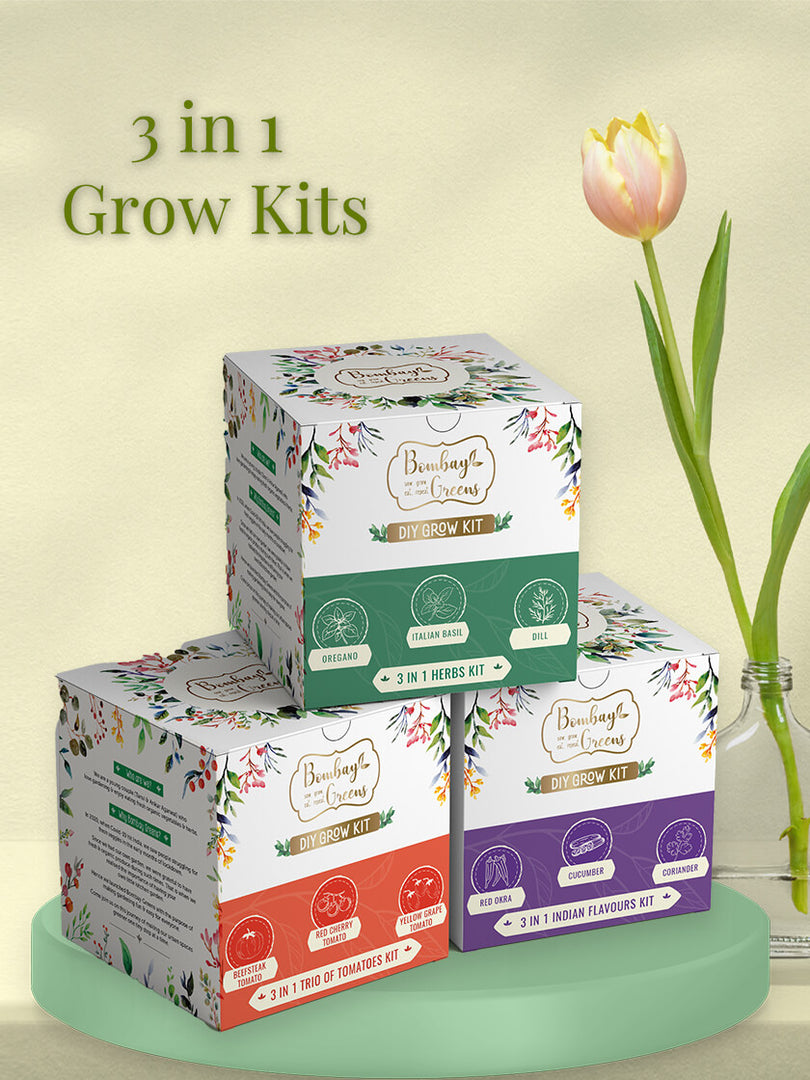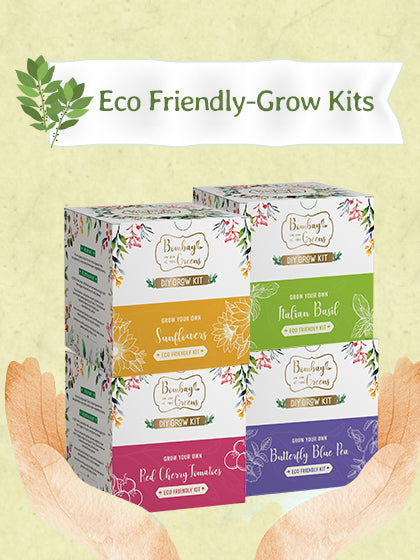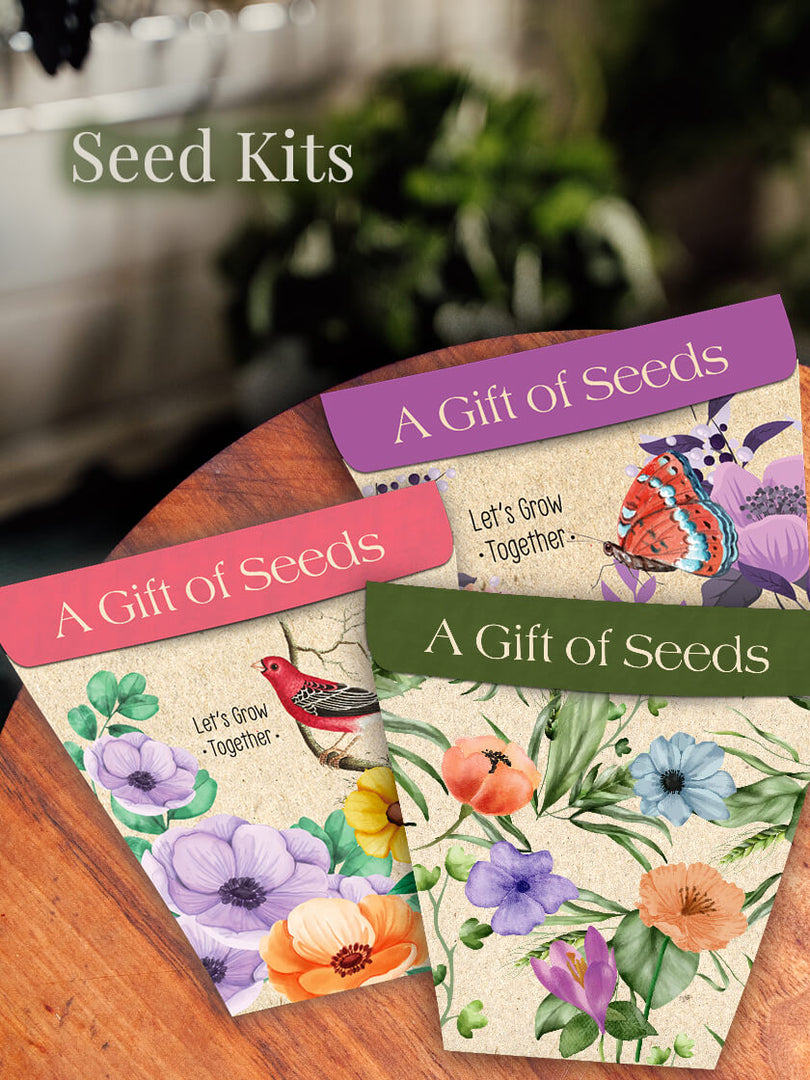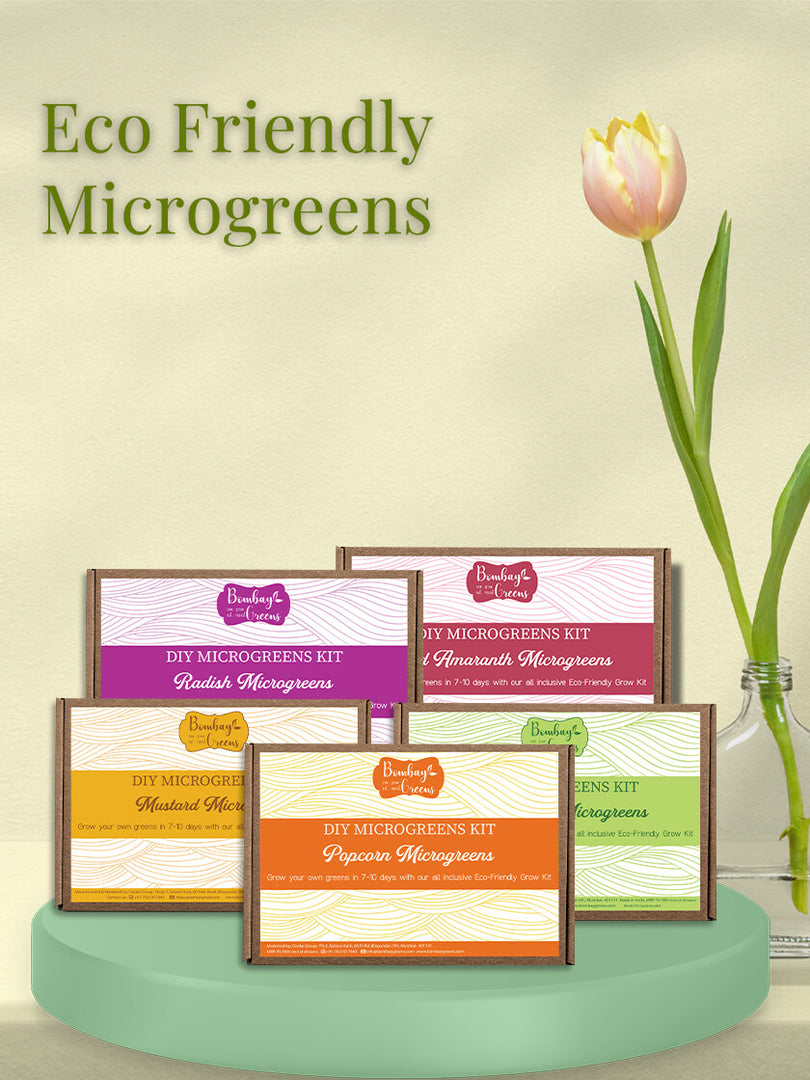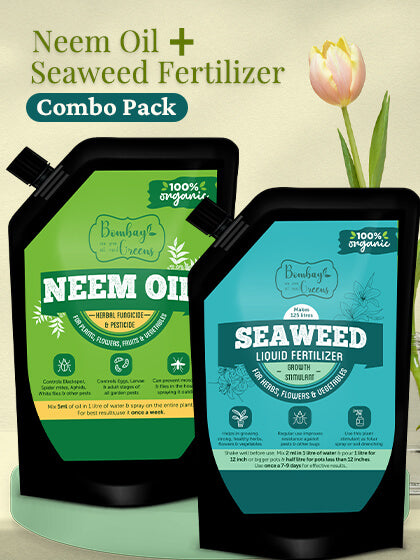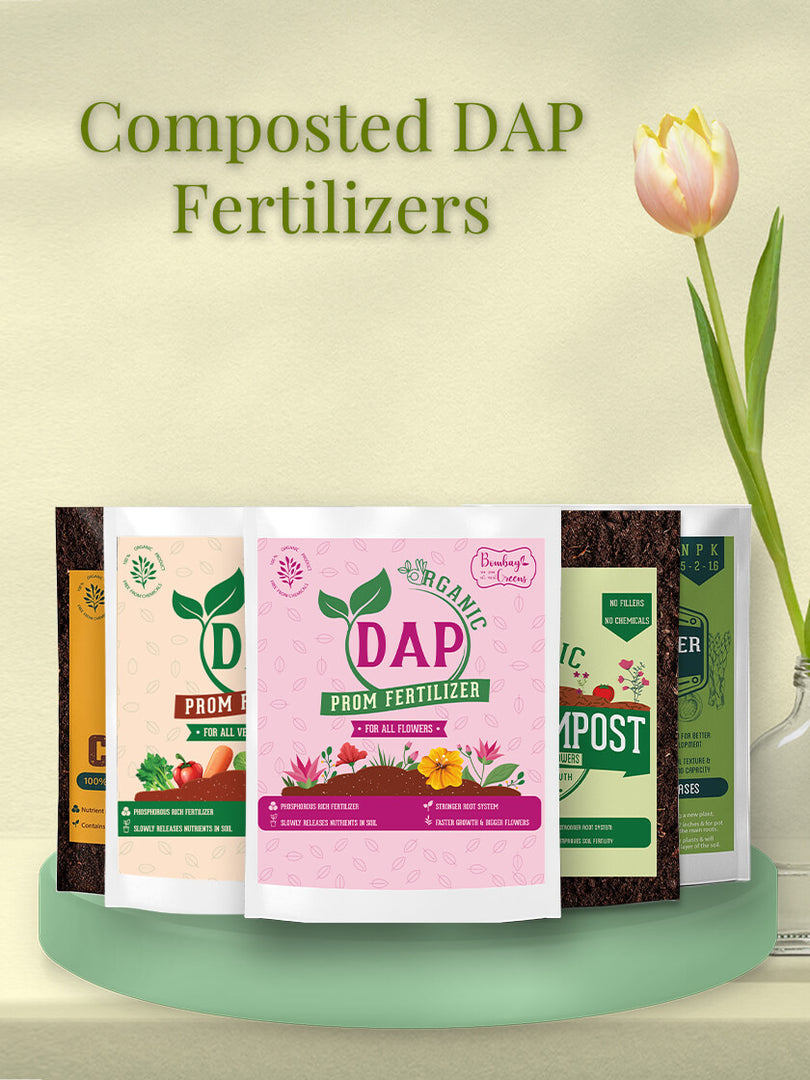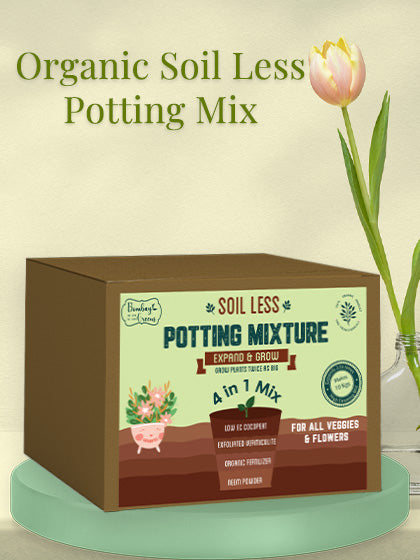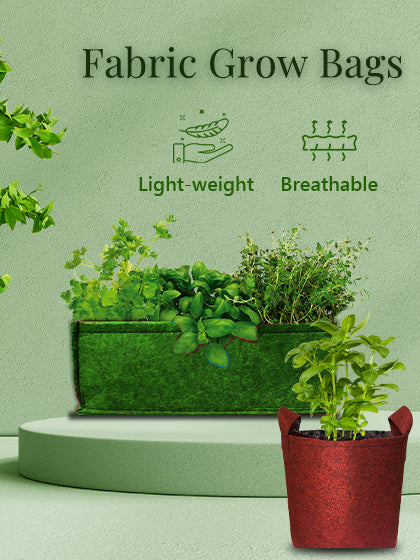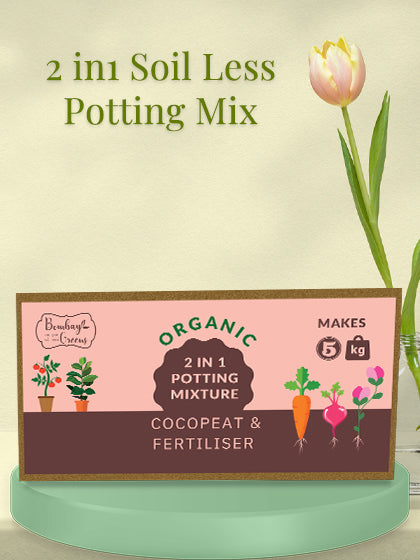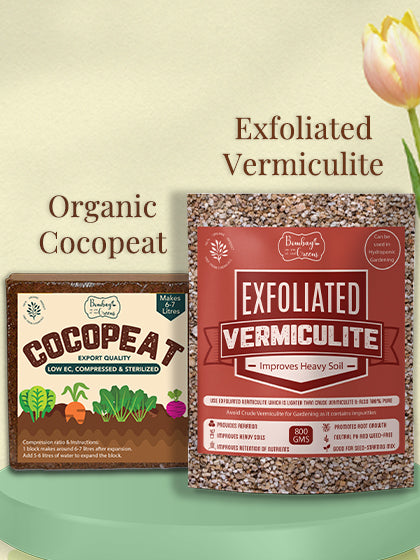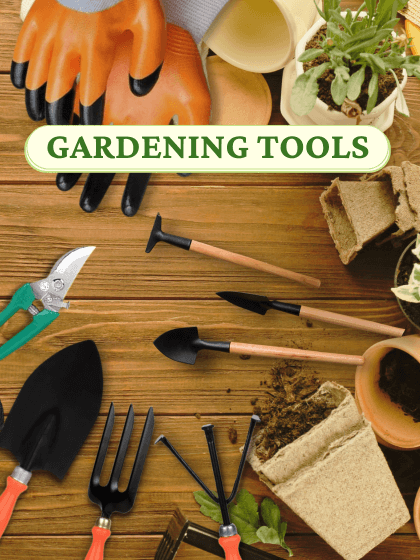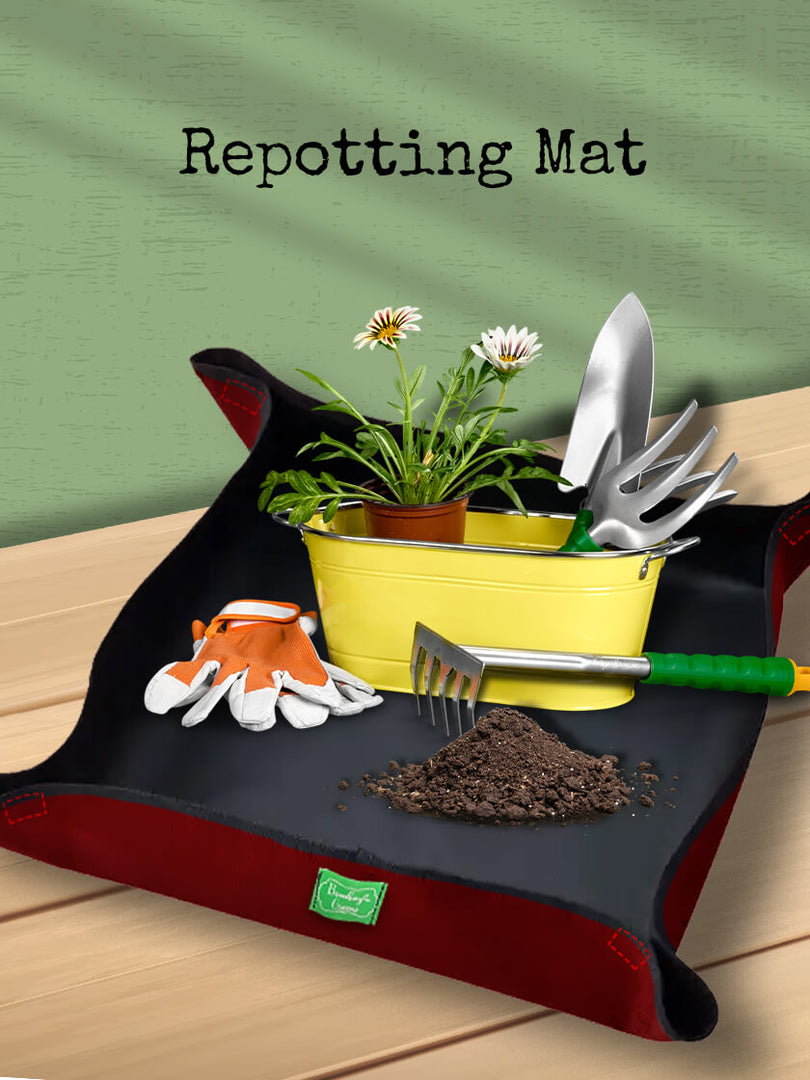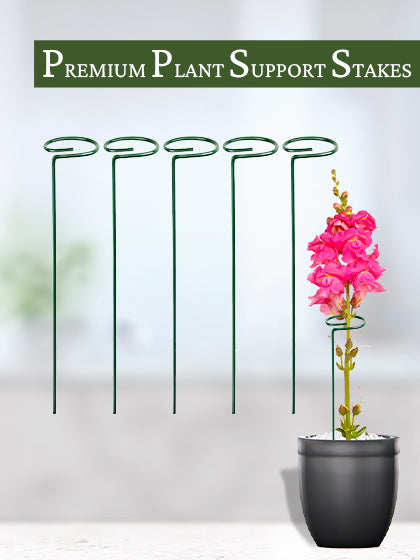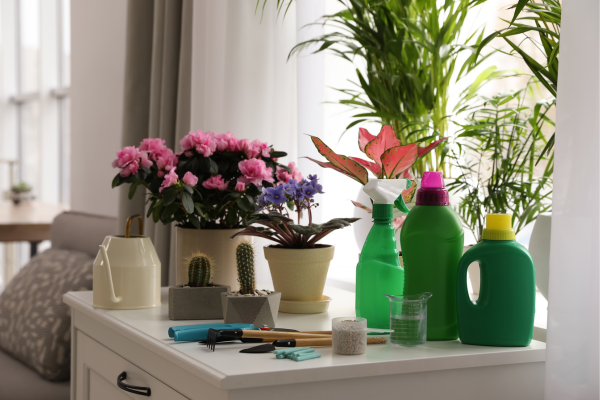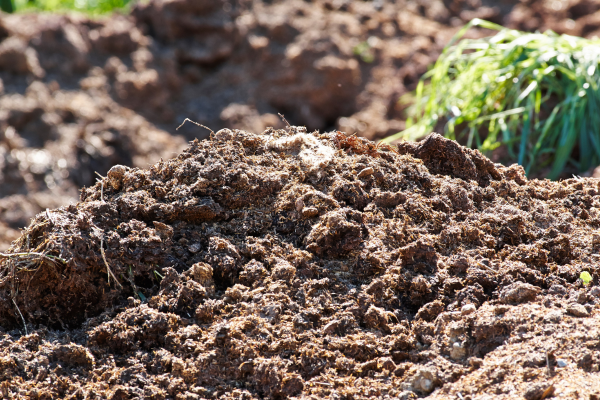| What's in the article: |
Italian Basil is one of the most favourite herbs of everyone and it can be very flavourful and rewarding to grow them. Here’s a step-by-step guide that covers facts, benefits, uses, and care tips for Italian basil:
Facts about Italian Basil:
- Botanical Name: Ocimum basilicum
- Origins: Belonging to the Lamiaceae family, basil is indeed indigenous to India, but has gained much importance in Mediterranean food.
- Varieties: The most popular is Italian basil, which also goes by sweet basil, as it is used in most Italian dishes due to its sweet, a little spicy taste.

Benefits of Growing Italian Basil:
-
Culinary Uses:
A versatile spice that can be used to enhance the pleasant taste of pasta and rice dishes, pizzas, salads, and the like.
-
Medicinal Properties:
May contain chemical compounds like antioxidants and important oils that may have medical advantages.
-
Aesthetic:
It is an ornamental plant whose green leaves make it suitable for enhancing the beauty of gardens or areas to be decorated with green plants.
-
Easy to Grow:
Can be planted in containers or in a garden.
Step-by-Step Guide to Growing Italian Basil:
1. Choose a Planting Location:
-
Sunlight:
A good location is one that should preferably get direct sunlight for an average of 6-8 hours each day.
-
Soil:
Substrates with high permeability but low water retention, and a pH of 6 to 7 are preferred by the plants. In case the vegetables are to be planted in containers, it is recommended that the potting medium has to be augmented with organic soil.
2. Planting:
-
Seeds:
Plant these seeds directly into the garden soil when the climate conditions warm up after the last frost period in any specific region. Begin planting seeds ¼ inch deep and space them about 10-12 inches from each other.
-
Transplants:
If using transplants, they should be set at the same depth in which they were found in their respective trade pots with 10-12 inches’ distance between each of them.
3. Watering:
-
Regular Watering:
The soil should be moist but not flooded; it is important to maintain this level of soil moisture. Irrigating the plant when the top part of the soil feels dried- up.
-
Avoid Overhead Watering:
The base of the plant needs to be watered but be careful not to over spray because it may cause fungal diseases.
4. Fertilizing:
-
Organic Matter:
Amend the soil with the compost.
-
Additional Feeding:
It can also be supplemented with a balanced fertilizer as a feeding regime once a month from the growing season.
5. Pruning and Harvesting:
-
Pinching:
Remove the first set of leaves when the plant is 6 inches tall to promote branching or restrictions.
-
Harvesting:
Begin to harvest when the plant has developed 6-8 leaves or when the flowers are small and unopened but the stems are firm. One is to cut stems with scissors at a point that two leaves emerge to promote growth.
6. Pests and Diseases:
-
Common Pests:
Be cautious of aphids especially the lady aphids, whiteflies, and spider mites. You should use insecticidal soap or neem oil to prevent the pest attacks.
-
Diseases:
Unfortunately, basil has a weak spot for fungal diseases, including powdery mildew. Stake plants properly leaving enough space between the stem and branches; do not wet the leaves.
7. Winter Care (if applicable):
-
Indoors:
If growing during the winter months, move the pots closer to a sunny window.
Uses of Italian Basil:
-
Fresh:
It is more suitable for uses in Caprese salads, pesto sauce or as garnishing material, and should be used in its fresh form.
-
Dried:
Allow to dry for later use as a herb in soups, stews and sauces.
-
Infused Oils:
Chop the basil and add it to oils that you can use every day for cooking and basting food.
Additional Tips:
-
Companion Planting:
Basil should be planted near tomatoes, peppers and oregano since its presence has been known to help in growth and improve the taste of these plants.
-
Continuous Harvest:
They need to be harvested frequently, which allows them to produce more branches.
Back to top


Back to top
Conclusion:
Following these steps and tips, it will be easy to reap a bountiful harvest of basil if planted all through the growing season in India. This plant can be enjoyed in a garden as well as inside the house, especially on a windowsill. Italian basil enhances dishes with its taste and aroma!
FAQ's
1. How often should I water my basil?
Water basil regularly, keeping the soil moist but not soggy. Typically, watering once a week is sufficient, but adjust based on weather conditions.
2. How can I encourage bushier growth?
Pinch off the tips of the stems regularly to promote bushiness and prevent the plant from flowering too early.
3. What pests or diseases should I watch for?
Common pests include aphids, whiteflies, and spider mites. Fungal diseases like downy mildew can also affect basil. Keep an eye out and use organic insecticides if needed.
4. How do I harvest basil?
Harvest leaves by pinching or cutting them off at the stem. Regular harvesting encourages new growth.
5. Can I grow basil indoors?
Yes, basil can thrive indoors if provided with enough light. Consider using a grow light if natural light is insufficient.
6. How do I care for basil in winter?
If grown indoors, ensure it gets enough light and maintain humidity. If it’s outside, consider bringing it indoors before the first frost.
7. Can I propagate basil?
Yes! You can propagate basil by taking stem cuttings and placing them in water until roots develop, then transplanting them into soil.
Back to top

Tanvi Agarwal - Co-founder
Driven by a deep-seated love for nature and a keen entrepreneurial spirit, she co-founded Bombay Greens, transforming urban spaces into thriving green havens. Recognizing the need for accessible and sustainable gardening solutions in the bustling city, she poured her passion into building a brand that empowers individuals to cultivate their own green spaces, regardless of their location or experience. Her vision extends beyond simply selling gardening items; it's about fostering a community connected to nature, one balcony, rooftop, and windowsill at a time.
Back to top

